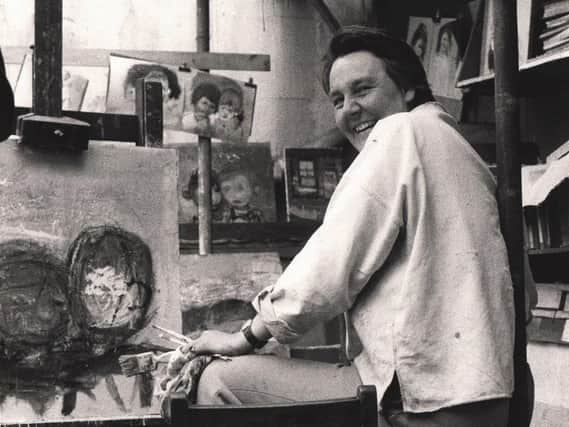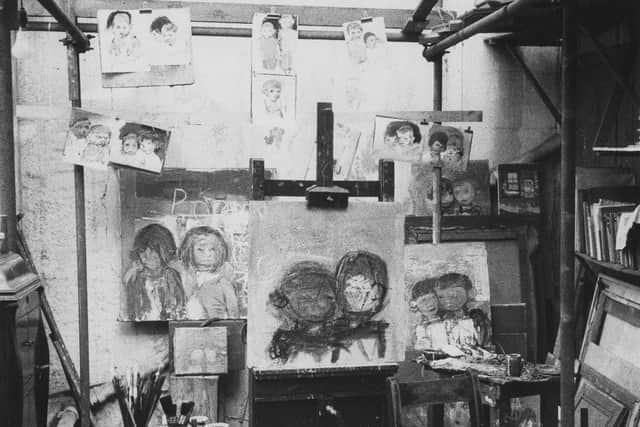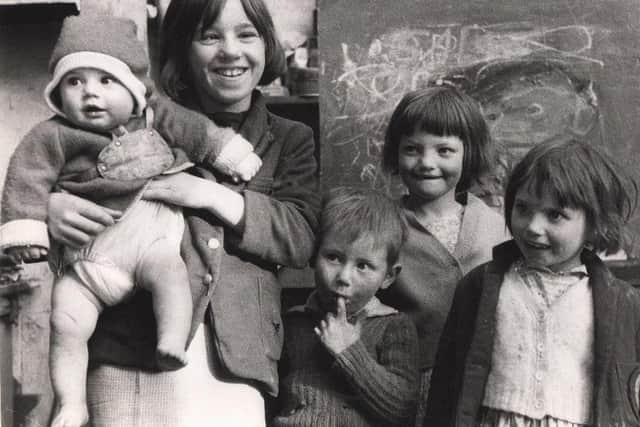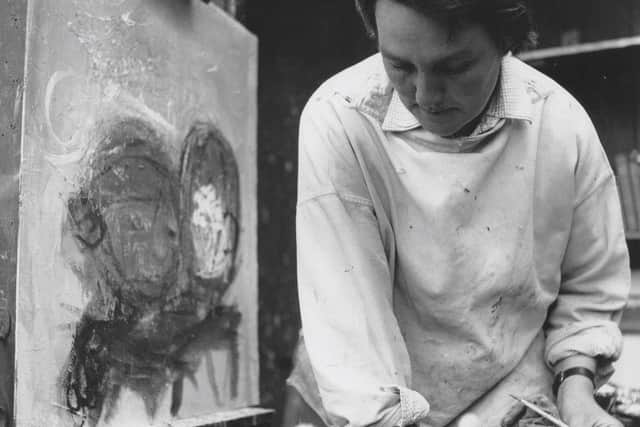Images of Joan Eardley take centre stage in new Oscar Marzaroli exhibition


She is one of the nation’s most celebrated female artists best remembered for paintings of tenement children growing up in the city.
Now a new exhibition will bring their talents together by showing Oscar Marzaroli’s intimate portraits of Joan Eardley in her studio with the youngsters whose images would go on to be inextricably linked with her.
Advertisement
Hide AdAdvertisement
Hide AdThe depictions of working class Glasgow are at the heart of the biggest ever exhibition of Marzaroli’s work, which will open later this week at the Fine Art Society in Edinburgh’s New Town.


The display of more than 45 images, which explores the photographer’s depictions of urban decay and regeneration in Glasgow, includes many never seen in public before.
The “Tenements to Towerblocks” exhibition is expected to shed new light on the relationship between Eardley and Marzaroli, who cited her as one of his biggest influences.
In the show, which runs from 18 November to 23 December, Eardley is captured along with the Samson children, who would feature in some of her most famous paintings, which were created over several years at the Townhead studio.
The Fine Art Society exhibition is opening ahead of a major respective at the Scottish National Gallery of Modern Art devoted to the work of Eardley, who was born in Sussex, but moved to Glasgow to study at the city’s art school in 1940.


The work of Eardley - who is also renowned for her depictions of the north-east fishing village Catterline - is said to be me the most popular in the national modern art collection, attracting even more requests for display than Pablo Picasso.
Marzaroli, who moved to Scotland with his family at the age of two and also studied at Glasgow School of Art, is best known for his evocative images of the city, many of which were used by the band Deacon Blue for their record covers in the 1980s.
Advertisement
Hide AdAdvertisement
Hide AdThe exhibition recalls an interview given by Marzaroli in 1986 - just two years before his death at the age of 55 - in which he pays tribute to Eardley, who he cited as one of his biggest influences. She had passed away in 1963 at the age of 42.
He said: “Her work has an immediate quality, a realism, and a kind of urgency. Here in her paintings were the children of the tenements as I recall them from my own childhood in Garnethill.”


A spokeswoman for the Fine Art Society aid: ““Marzaroli’s subject matter focuses on the urban decay and regeneration of Glasgow in the 1960s: the men of shipyards and steelworks, street life and children.
“Described as a documentary photographer, Marzaroli engaged and moved amongst his subjects as an equal, a participant. The photographs record the radical changes that took place in Glasgow during this time both socially and architecturally, demolition of tenements and the construction of new housing schemes in the city.
“Marzaroli documented the seemingly ordinary and everyday and showed it to be exceptional and often humorous. Leaping from his prints is resilience, defiance, humour and an understanding of the malleable nature of youth and its changing environment.”